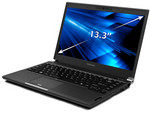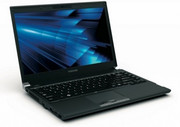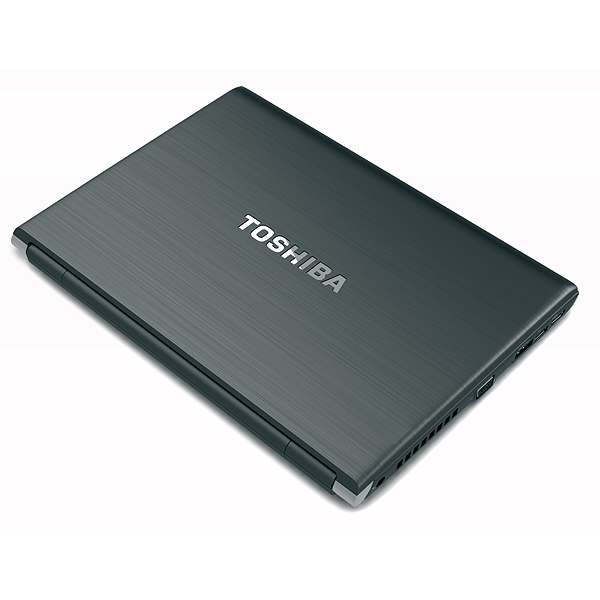Toshiba Portégé R700-14L
Especificaciones de Portátil(es)

Price comparison
Análisis para el Toshiba Portégé R700-14L
Origen: Inside HW
 EN→ES Archive.org version
EN→ES Archive.org versionThe only multimedia segment that this notebook can't cope with is gaming, as expected. Intel's integrated graphics card may be doing its best, but fresh titles can't go over 20 fps even at lowest settings. Naturally, any game older than, say, two years will work just fine (at lowest detail levels). The sound subsystem is nothing to be envious about - what's more, the sound is reminiscent of bedside radios. Therefore, the speakers will serve their purpose, but if you wish for a higher quality solution, you'll have to look for an external solution. Battery autonomy allows for less ambitious excursions, and the thing we have to reproach in this department is the very slow charger, which takes an eternity to charge the battery once it's been significantly drained. We hope that the problem was specific to our sample. As far as other flaws, not many are present, the largest of which is major heating on the left side of the notebook. Whenever the notebook was put under full load, the part left of the Tab key seemed hot enough to cause minor burns. Still, we dared to test out theory and the consequences weren't nearly as dramatic. After all, winter's on its way, rumoured to be the coldest one in years... The second and perhaps tallest of obstacles for buying this PC is its very high price. It may be justified up to a point with top production quality, choice of materials and hardware, as well as the very Toshiba brand. The PC is also factory-shipped with Office Starter and Windows 7 Professional 64-bit preinstalled, none of which are dirt cheap. However, we feel that most users won't find these qualities to be redeeming enough and that they'll turn elsewhere in search for a cheaper variant. Those who wish for a high-quality, ultra-portable 13” notebook will, however, be catered for by this model.
Único Análisis, disponible online, Muy corto, Fecha: 11/17/2010
Origen: Itsvet
 HR→ES Archive.org version
HR→ES Archive.org versionÚnico Análisis, disponible online, corto, Fecha: 11/08/2010
Comentario
Intel Graphics Media Accelerator (GMA) HD Graphics: Tarjeta gráfica integrada en las nuevas CPUs Arrandale (Core i3 / i5 / i7 Dual Core). Dependiendo del modelo y de Turbo Boost, la GMA HD tiene una velocidad de reloj entre 166 y 766 MHz.
Estos procesadores gráficos pueden mostrar únicamente juegos antiguos, fluidamente. Juegos actuales pueden ser presentados con detalles sustancialmente reducidos.
>> Más información puede ser encontrada en nuestra comparación de tarjetas gráficas moviles y la lista de benchmarks.
450M: Debe ser similar al Core i5-520M, pero sin funciones AES.
>> Más información puede ser encontrada en nuestra comparación de procesadores móviles.







